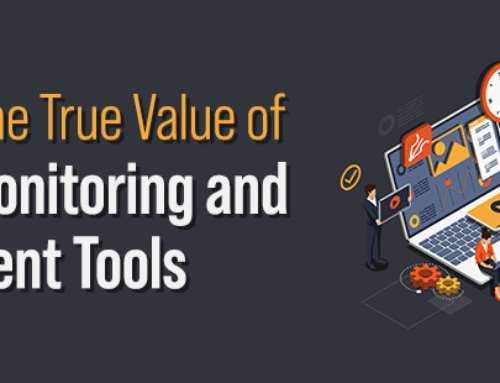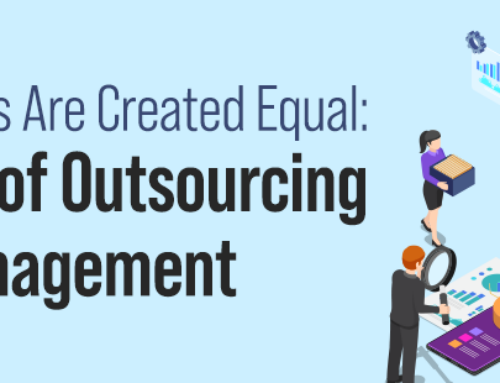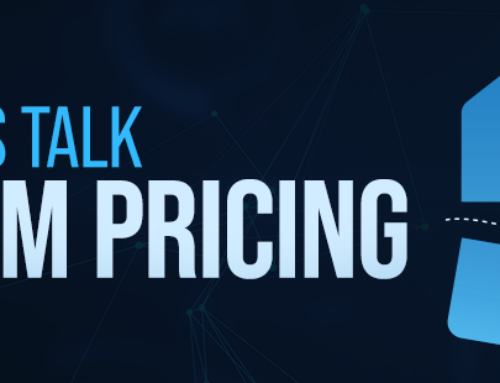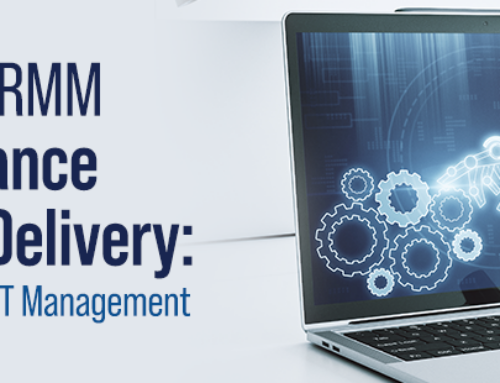The importance of advanced alerting in your Remote Monitoring and Management (RMM) system cannot be overstated. Advanced alerting is crucial for minimizing risks associated with ransomware and bad patches. By implementing these alerts, you ensure a proactive approach to IT management, which can significantly reduce potential threats and maintain the integrity of your systems.
What is Advanced Alerting in RMM?
Your RMM involves setting up a system that notifies you of potential issues before they become critical. These alerts are designed to detect anomalies, unauthorized access attempts, and system vulnerabilities. They provide real-time notifications, enabling IT teams to respond promptly and effectively.
Why You Need Advanced Alerting in Your RMM
Proactive Threat Detection
One of the primary benefits of advanced alerting in your RMM is proactive threat detection. Instead of reacting to issues after they occur, alerts allow you to identify and mitigate potential threats in real time. This proactive approach is essential in minimizing the risk of ransomware attacks, which can cripple your business operations.
Minimizing the Impact of Bad Patches
Bad patches can significantly disrupt your IT infrastructure. They may introduce vulnerabilities, cause system crashes, or lead to compatibility issues. With advanced alerting in your RMM, you can detect these bad patches early and take corrective actions before they affect your entire network. This minimizes downtime and maintains system stability.
Enhanced Compliance and Security
Advanced alerting in your RMM is indispensable for businesses that must adhere to regulatory standards. These alerts help ensure compliance by monitoring and reporting on critical security metrics. By doing so, you can maintain a secure environment and avoid potential penalties associated with non-compliance.
Cost Savings
Investing in advanced alerting in your RMM can lead to significant cost savings. By detecting issues early, you can avoid the high costs associated with ransomware attacks, system failures, and extended downtimes. Moreover, this proactive approach reduces the need for extensive repairs and restores, resulting in more efficient resource use.
How They Minimize Ransomware Risks
Ransomware attacks have become increasingly sophisticated, targeting businesses of all sizes. Your RMM plays a crucial role in minimizing these risks by providing early warnings of suspicious activities. For instance, if an unusual number of files are being encrypted, the system can alert your IT team immediately. This allows for swift intervention, potentially stopping the ransomware attack before it spreads.
Additionally, they help monitor endpoint security. By monitoring endpoints closely, you can detect and respond to unauthorized access attempts. This further strengthens your defense against ransomware, as endpoints are often the entry points for such attacks.
The Role of Alerting in Managing Bad Patches
Patches are essential for maintaining the security and functionality of your software. However, not all patches are created equal. Some may introduce new vulnerabilities or cause compatibility issues. Advanced alerting in your RMM helps you manage these risks by providing timely notifications about problematic patches.
For example, if a new patch is causing widespread issues across your network, the RMM system can alert you before the problem escalates. This allows your IT team to roll back the patch or apply a fix, minimizing disruptions and maintaining system integrity.
Implementing Alerts in Your RMM
To implement advanced alerting in your RMM, start by defining the key metrics and events that need monitoring. This could include unauthorized access attempts, unusual file activity, and system vulnerabilities. Next, configure the alerting system to provide real-time notifications. Ensure that these alerts are sent to the appropriate personnel, enabling prompt action.
Review and update your alerting criteria regularly to adapt to evolving threats. Additionally, train your IT team to respond effectively to these alerts, ensuring that potential issues are addressed swiftly and efficiently.
Conclusion
In conclusion, advanced alerting in your RMM is an essential component of modern IT management. It enables proactive threat detection, minimizes the impact of bad patches, enhances compliance and security, and leads to significant cost savings. By implementing advanced alerting, you can minimize the risks associated with ransomware and bad patches, ensuring the stability and security of your IT infrastructure.
Don’t wait for issues to arise; take a proactive approach with advanced alerting in your RMM today. This investment not only protects your business but also ensures a resilient and secure IT environment.
Need help implementing advanced alerting in your RMM? Don’t wait for issues to arise; take a proactive approach with advanced alerting in your RMM today. This investment not only protects your business but also ensures a resilient and secure IT environment. Contact us now to learn how we can help you safeguard your IT systems and minimize risks effectively.




